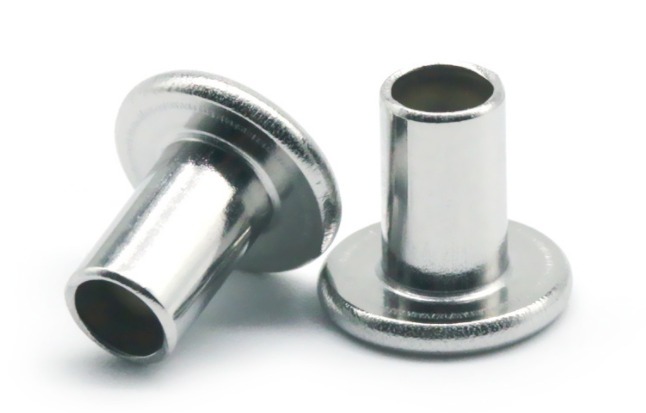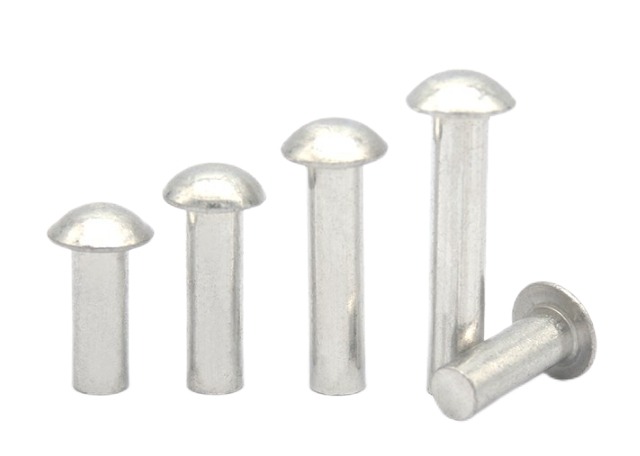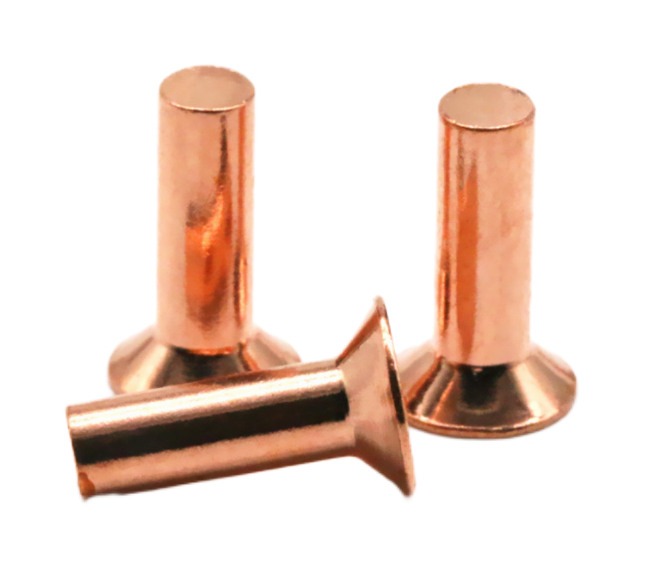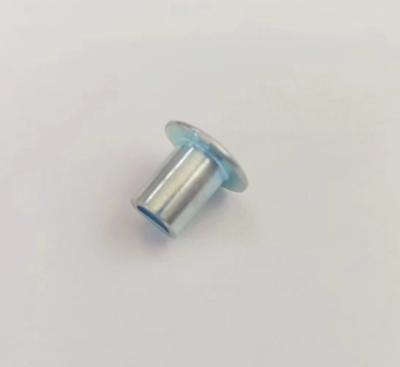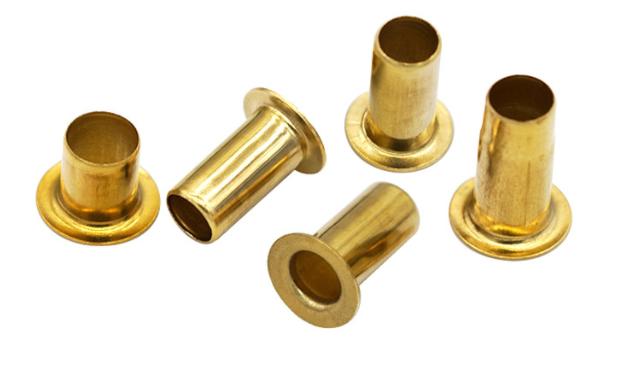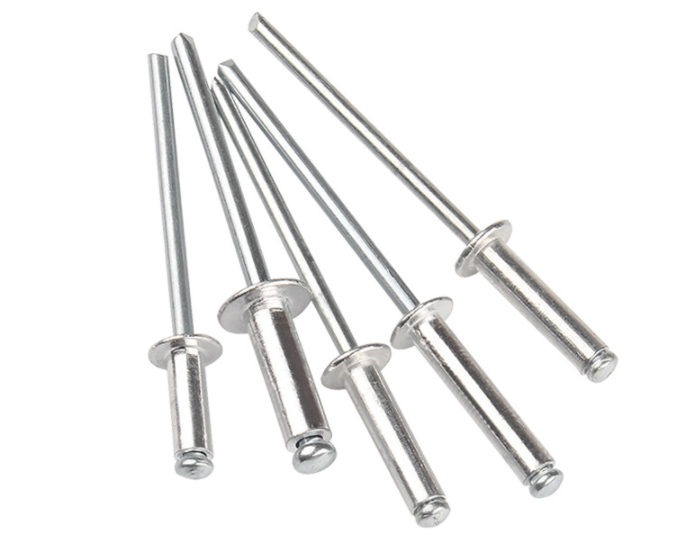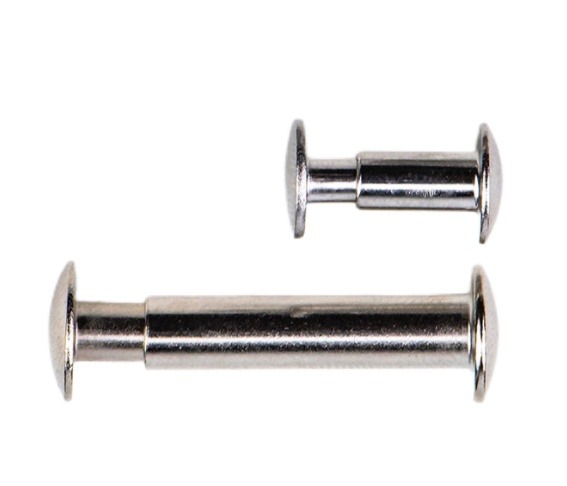How to Select the Right Heavy-duty Rivets?
Rivets are vital components in heavy-duty applications, offering unmatched reliability for joining materials in construction, aerospace, automotive, and industrial machinery. When the strength and durability of a joint are critical, selecting the right heavy-duty rivet becomes essential. This article provides a detailed guide to selecting heavy-duty rivets for your specific needs to to ensure optimal performance and safety.

Table of Contents
What are Heavy-duty Rivets
Heavy-duty rivets are robust fasteners designed to create secure and permanent joints in applications that demand exceptional strength and durability. Commonly used in industries such as construction, aerospace, and manufacturing, these rivets are capable of withstanding high shear and tensile forces. Made from materials like steel, stainless steel, aluminum, or titanium, heavy-duty rivets are engineered to resist harsh environmental conditions, including extreme temperatures, corrosion, and mechanical stress. Their reliability and performance make them essential for structural assemblies, heavy machinery, and other demanding projects.
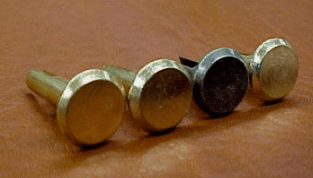
A Detailed Step-by-step Guide to Select the Right Heavy-duty Rivets
1. Understand Application Demands
The first step in selecting a rivet is to assess the specific requirements of the application. Consider the types of forces the joint will endure, such as shear and tensile stresses, as well as the overall load-bearing capacity needed. The materials being joined play an important role, as the rivet must be compatible to prevent corrosion or weakening of the joint over time. Environmental factors, such as exposure to moisture, extreme temperatures, or chemicals, should also guide your choice.
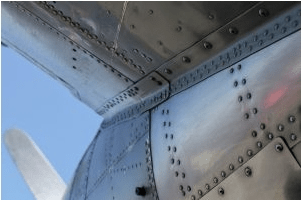
2. Choose the Appropriate Rivet Material
The material of a rivet plays a significant role in its strength and longevity.
| Material | Key Properties | Typical Applications |
| Steel | High strength, affordable, durable | Construction, structural joints, heavy machinery |
| Stainless Steel | Corrosion-resistant, durable, aesthetically appealing | Marine, outdoor structures, food processing equipment |
| Aluminum | Lightweight, corrosion-resistant, moderate strength | Aerospace, transportation, electronics |
| Titanium | High strength-to-weight ratio, heat and corrosion-resistant | Aerospace, high-performance vehicles, medical devices |
| Copper | Excellent electrical conductivity, corrosion-resistant | Electrical systems, decorative applications |
| Brass | Aesthetic appeal, moderate strength, corrosion-resistant | Decorative fixtures, plumbing, and electrical work |
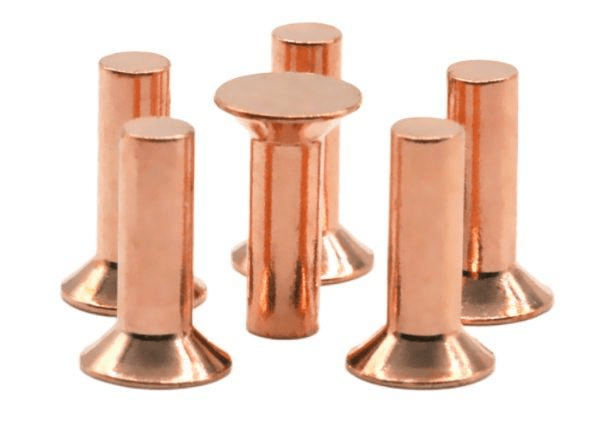
3. Select the Right Rivet Type
This chart highlights the different types of rivets, as well as their features and applications.
| Rivet Type | Key Features | Common Applications |
| Solid Rivets | Single-piece design, extremely strong | Structural engineering, aircraft, bridges |
| Blind Rivets | Installed from one side, easy to use | Construction, automotive, enclosures |
| Structural Rivets | High tensile and shear strength | Heavy-duty machinery, vehicles, industrial projects |
| Self-Piercing Rivets | Joins materials without pre-drilling | Automotive, sheet metal assembly |
| Split Rivets | Expands when inserted for a secure fit | Leatherwork, textiles, lightweight materials |
| Tubular Rivets | Hollow shaft, easy to install | Luggage, lighting fixtures, light-duty applications |
| Drive Rivets | Installed with hammering, no need for access to both sides | Signs, nameplates, light panels |
| Flush Rivets | Countersunk head for a smooth finish | Aerospace, automotive, applications requiring aerodynamics |
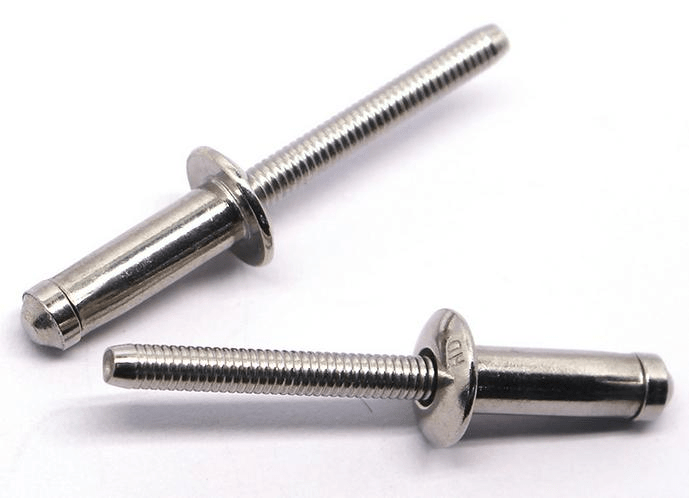
4. Match Rivet Size to the Application
Proper sizing ensures the rivet can handle the stresses of the application. The diameter of the rivet affects its load-bearing capacity, while the length must match the thickness of the materials being joined. Additionally, the head style—whether dome, countersunk, or flat—should align with both functional and aesthetic requirements.
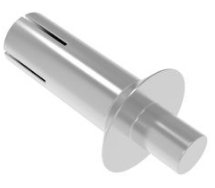
5. Key Factors to Consider for Installation Conditions
When selecting heavy-duty rivets, the installation conditions play a crucial role in determining their effectiveness and longevity. These conditions encompass environmental, material, and application-specific factors that influence the performance of rivets in their intended setting.
- Material compatibility
The material compatibility between the rivet and the joined components is essential to prevent galvanic corrosion or other material-related issues. Rivet materials should match or complement the properties of the surrounding materials to ensure a secure bond and durability.
- Temperature variations
Temperature variations must be evaluated, especially in applications exposed to extreme heat or cold. High temperatures may weaken some materials, while low temperatures can make them brittle, affecting the integrity of the riveted joint.
- Environmental exposure
Rivets used in marine, chemical, or outdoor settings should offer resistance to moisture, salt, and corrosive agents. In such cases, materials like stainless steel or coated rivets are preferred for their superior corrosion resistance.
- Joint configuration and accessibility
The location and design of the joint dictate the type of rivet and the tools required for installation. Blind rivets, for instance, are suitable for areas where only one side of the joint is accessible.
- The installation tools and techniques
The installation tools and techniques directly impact the rivet’s performance. Using the appropriate tools, such as pneumatic or hydraulic rivet guns, ensures proper setting without damaging the rivet or the surrounding materials. The installation force must be calibrated to match the rivet type and material thickness for a secure fit.
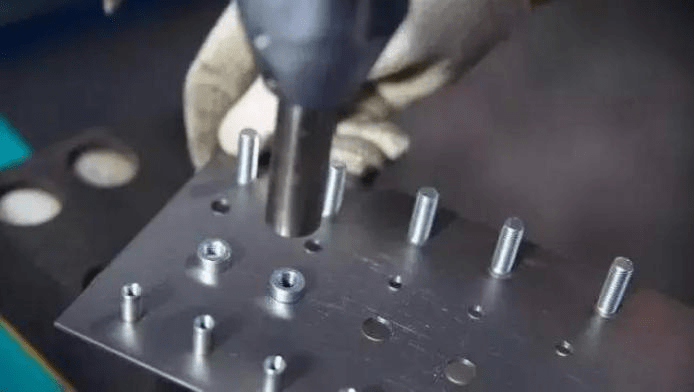
6. Testing and Quality Control
Heavy-duty rivets must undergo rigorous testing and quality control to ensure they meet performance expectations
| Testing/Quality Control Method | Purpose | Key Benefits |
| Tensile Strength Testing | Verifies resistance to pulling forces | Ensures rivets can handle required load capacity |
| Shear Strength Testing | Measures resistance to lateral sliding forces | Critical for structural and load-bearing applications |
| Fatigue Testing | Evaluates performance under repeated cyclic loads | Ensures durability in dynamic environments |
| Corrosion Resistance Testing | Assesses resistance to rust and environmental degradation | Ensures long-term reliability, especially in harsh conditions |
| Dimensional Inspection | Confirms size, shape, and dimensional accuracy | Guarantees compatibility with design specifications |
| Pull-Out and Grip Range Testing | Determines holding strength and material thickness compatibility | Verifies secure fastening across different applications |
| Head Integrity Testing | Checks durability and alignment of rivet heads | Ensures proper load distribution and joint reliability |
| Material Certification | Validates raw materials meet specified properties | Ensures strength, durability, and compliance with standards |
| Batch Testing | Regular sampling and testing from production batches | Identifies manufacturing defects and ensures quality consistency |
| Non-Destructive Testing (NDT) | Detects internal defects without damaging rivets | Enhances safety and reliability without compromising usability |
| Process Validation | Monitors manufacturing processes for standard adherence | Ensures consistent production quality |
| Traceability Systems | Maintains records of materials, production, and tests | Enables accountability and compliance with regulatory standards |
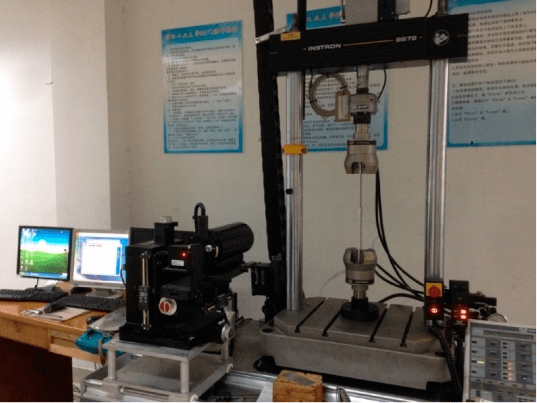
7. Ensuring Compliance with Standards
Ensuring compliance with standards for heavy duty rivets is essential to guarantee their strength, durability, and safety in demanding applications. This involves adhering to material specifications, dimensional accuracy, and load-bearing requirements set by standards such as ASTM, ISO, and DIN. Compliance also includes testing for corrosion resistance, performance under stress, and proper installation practices. Certifications like CE marking and RoHS compliance further ensure quality and traceability. By following these standards, manufacturers and users can achieve reliable and consistent performance in critical industrial and structural applications.
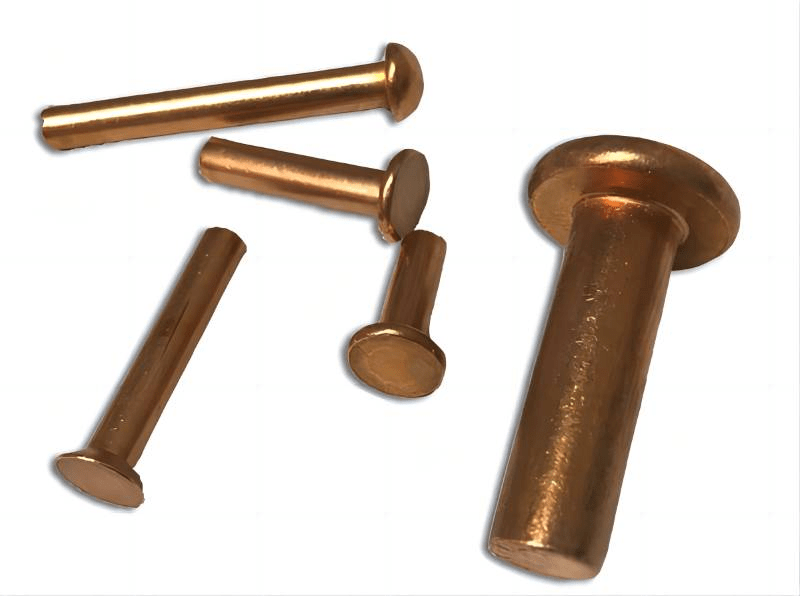
Summary
Selecting the right heavy-duty rivets is a critical decision that impacts the structural integrity and performance of an assembly. Through evaluating application requirements, choosing the appropriate material and type, ensuring proper sizing, installation and industrial compliance standards, conducting testing and quality control methods, you can achieve a secure and durable joint. For best results, consult with rivet manufacturers or industry experts to identify the most suitable options for your specific needs. Whether it’s for construction, machinery, or aerospace, heavy duty rivets are the foundation of long-lasting and reliable assemblies.

